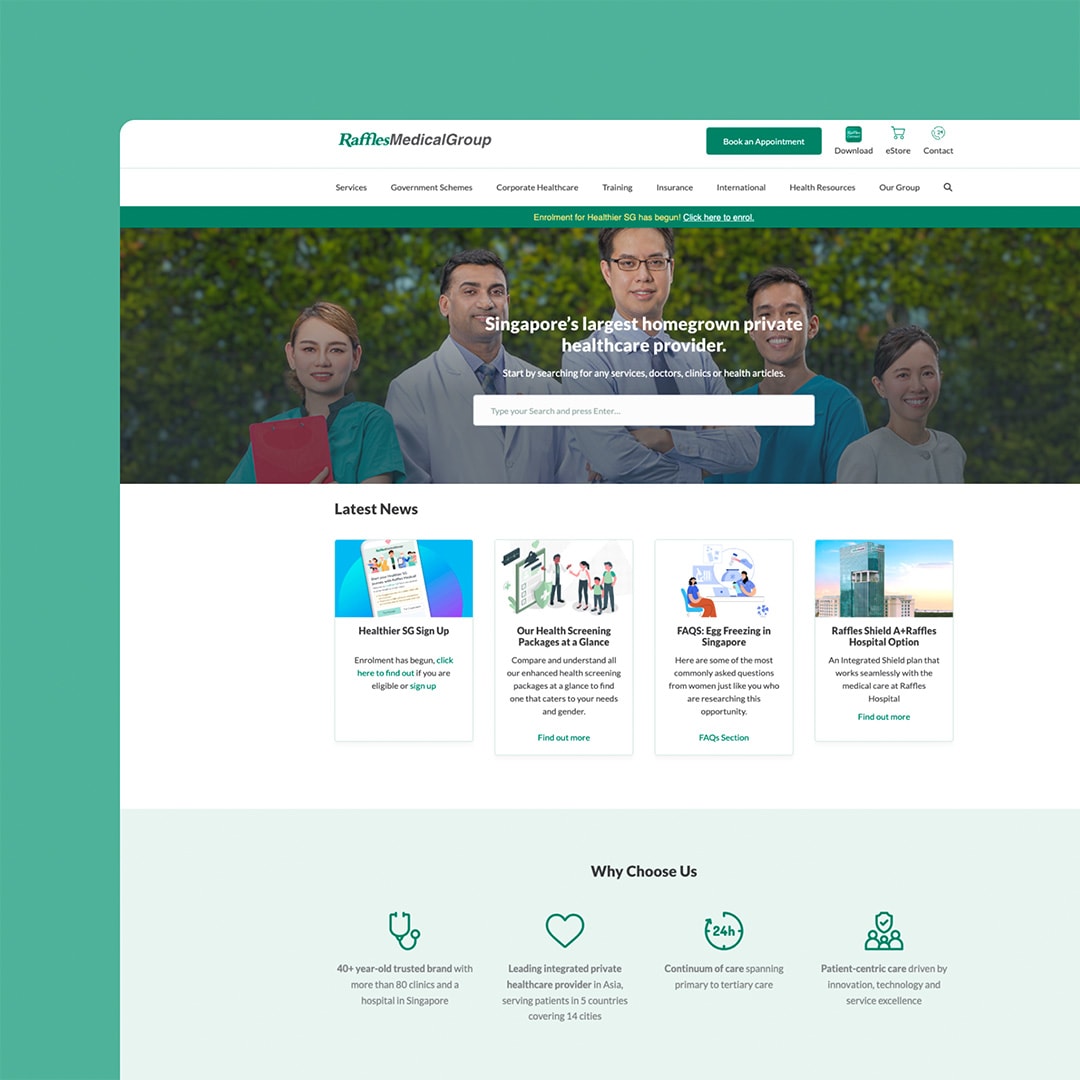
So, you’re interested in building your first website? Perhaps showcase your portfolio online or blog about your entrepreneurial adventures? Well, you’re in luck. In today’s tech-savvy world, companies have made it painlessly easy for the average person to get a website up and running in just minutes.
If you want to showcase a portfolio or do casual blogging, signing up for a shared hosting account is a no-brainer. They are very affordable, easy to manage, and allow users to use all the fundamental web technologies to build and run most websites. They are known as the “level one” regarding web hosting.
To Share, or Not to Share?
Although shared hosting is excellent, a few notable drawbacks are worth mentioning. When signing up for a shared hosting plan, you’re just 1 out of 100 or more customers being put on the same server. What does this mean for you? Well, it means your website has to share the same CPU, RAM, storage, and other resources as 100+ other websites on the server.
So, let’s say customer #24 blogs about how he got Facebook to invest in his software idea. What if Mark Zuckerburg were to read it, like it, and link back to the blog post on his Facebook profile? Massive amounts of traffic would flood in, crippling not only customer #24’s website (due to lack of resources) but the website of everyone else on the server, including yours.
Not only that but there are some technical limitations for customers. For instance, let’s say you’re using a CMS (Content Management System) to run your website. Website administrators typically install themes and extensions to provide advanced site functionality. To install an extension, you will typically access the back-end control panel of the CMS and then upload the theme or extension from there.
When on a shared host though, if the extension is over 8 MB in file size (although this is the general file size, some hosting companies may impose a smaller limit), you’ll immediately get an error message during the upload process telling you that the upload failed. This error occurs simply because, for various reasons, most web hosting providers block customers on shared accounts from accessing the main Apache configuration file for the server.
VPS to the Rescue!
However, not all hope is lost. Say hello to the “level two” of web hosting. Where shared hosting falls short, virtual private servers (or VPS for short) pick up the slack. Virtual private servers are the middleman between shared hosting and dedicated servers (level three). When working with a VPS, you no longer have to concern yourself with the fixed limitations of shared hosting.
Upon signing up for a VPS account, you are given dedicated RAM, bandwidth, and storage space for all the websites on your account. Typically, the only thing shared among users of a VPS is processing power (the CPU). Users also have free reign over the system, allowing them to tweak and modify everything to their heart’s content. This means no more pesky upload errors in sight since you can now modify the Apache configuration file! Also, no matter what others do on their system (aside from CPU-intensive tasks), you can feel safe knowing your websites will be unaffected.
Should I Get a VPS?
The short answer would be, “I have no idea”. We can’t know everyone’s unique situation. However, you can get a general feel for whether or not you need one by answering these questions:
- Does your website traffic exceed 5,000 unique visitors per month?
- Do you run multiple websites?
- Is your website mainly serving dynamic (content that frequently changes) content?
- Are you intending to run a SaaS (Software as a Service) business?
- Do you ever intend to do more than run a few blogs?
If you answered yes to at least three of those questions, you should likely contact Chillybin; we have several VPS packages available in Australia or Singapore, allowing us to provide you with the web hosting your site needs. While they typically cost a little more than shared hosting, virtual private servers are cost-effective and well worth the investment for anyone serious about running websites.










